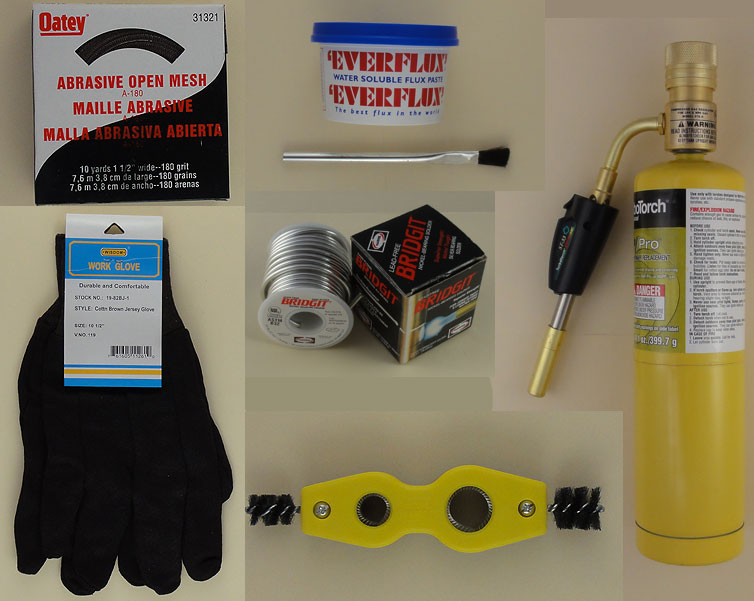Bob from accounting
Member
Been watching tons of tutorials and asking lots of questions. Going to DIY new main valve and reroute my copper pipes from the main to the WH, water softener loop and RO.
One thing that popped up on me was this hole thread on Torch safety and blowing up your house if you tilt it the wrong way? WTF? I don't plan on holding it up side down of course.
going to hire a plumber to cut the main 1 1/4" or maybe it is 2" main? Can't tell the size. Than connect a ball valve.
From there I was going to take it from there. 1" to softener and WH. Then from there 3/4" out and then break it out to 1/2" for fixtures.
I feel like I got this.
But now I am on the fence to use Map or propane and which torch to get. I will have like 8-10 joints/fixtures on the 1". So maybe Map gas based on the size? One paragraph I read was fearful with Map gas as it may get too hot and dissolve all the flux and the joint won't work? So should I roll with propane if I am mainly working with 1", 3/4" or 1/2"?
Also, holding the torch, what are the rules of thumb, don't hold it upside down, use a fire cloth have water/distinguisher around But this guy freaked me out about blowing up my house?
One thing that popped up on me was this hole thread on Torch safety and blowing up your house if you tilt it the wrong way? WTF? I don't plan on holding it up side down of course.
going to hire a plumber to cut the main 1 1/4" or maybe it is 2" main? Can't tell the size. Than connect a ball valve.
From there I was going to take it from there. 1" to softener and WH. Then from there 3/4" out and then break it out to 1/2" for fixtures.
I feel like I got this.
But now I am on the fence to use Map or propane and which torch to get. I will have like 8-10 joints/fixtures on the 1". So maybe Map gas based on the size? One paragraph I read was fearful with Map gas as it may get too hot and dissolve all the flux and the joint won't work? So should I roll with propane if I am mainly working with 1", 3/4" or 1/2"?
Also, holding the torch, what are the rules of thumb, don't hold it upside down, use a fire cloth have water/distinguisher around But this guy freaked me out about blowing up my house?

